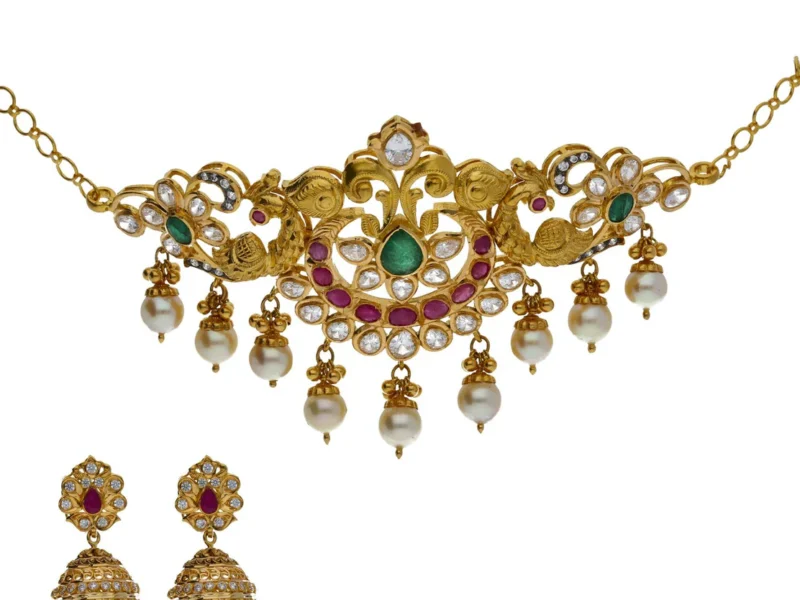Buying clothes is easy. Wearing them is another story. Most people have at least one thing in their closet that they bought, thought they liked, and then never wore again. Dresses are one of those things. A lot of them look great in pictures or on the hanger, but once you get them home, something just feels off.
That’s why finding a dress you’ll actually wear is about more than just picking one that looks good. It has to fit your life, your style, and how you like to feel in your clothes. If it doesn’t check those boxes, it’s probably going to stay in the back of your closet.
Think About Where You’ll Wear It
This is the first thing to ask: where would you actually wear the dress? If you can’t picture a real place or time you’d put it on, then maybe it’s not the right one. It doesn’t mean it’s a bad dress—it just might not work for your day-to-day life.
For example, if most of your days involve school, casual hangouts, or running errands, you probably won’t reach for something really fancy or formal. A relaxed fit, soft fabric, or simple design is usually more useful. You want a dress that works without needing a special reason to wear it.
There are a lot of options out there that aren’t too formal or too casual. If you’re not sure where to start, try browsing a collection like this dress selection, where you can find styles that work for everyday wear but still feel a little elevated.
Check the Fit Before Anything Else
It doesn’t matter how good a dress looks if it doesn’t fit you well. And “fit” isn’t just about size. It’s about how the dress feels when you wear it. Can you move comfortably? Does it sit the right way on your shoulders or waist? Do you have to adjust it constantly?
Try to avoid anything that feels like it needs fixing. If you’re already fidgeting with it when you try it on, that won’t magically change later. You want a dress that stays in place, doesn’t ride up or fall down, and lets you move like you normally would.
If you’re shopping online, double-check the size guide and read the reviews. People often mention if something runs small or large. That helps you avoid the hassle of returns and disappointment.
Don’t Ignore Fabric
The material of a dress makes a huge difference. Some fabrics look great but feel uncomfortable after ten minutes. Others might not stand out as much but are easy to wear all day.
If you’re sensitive to texture or hate being too hot or cold, this is something to really pay attention to. Cotton is soft and breathable, so it’s good for warm weather or casual wear. Stretchy fabrics are easier to move in, while thicker ones give more structure.
The right fabric also affects how the dress falls on your body. Some dresses hug your shape, others flow more loosely. Think about which one feels more natural to you and go with that.
Be Honest About What You Like
Sometimes people buy clothes because they think they should like them. Maybe it’s something trendy or something they saw someone else wearing. But if it doesn’t match your actual style or how you like to dress, you’re not going to reach for it.
It’s okay if your taste is simple. It’s okay if you prefer bold colors or only wear black. You don’t have to follow what’s popular. The dress you actually wear is the one that makes you feel like yourself.
If you’re not sure what that looks like, think about the outfits you repeat the most. What do they have in common? Is it the fit? The color? How relaxed they feel? Use that as your guide when choosing a dress.
Make Sure It Goes With What You Already Have
One reason a dress might sit in your closet is because it’s hard to style. Maybe you don’t have the right shoes for it. Maybe it doesn’t work with any of your jackets or bags. If you have to buy three other things just to wear it once, that’s not very practical.
Before you buy a dress, imagine what you’d wear it with. If you can think of two or three ways to wear it using stuff you already own, that’s a good sign.
It doesn’t have to be complicated. A dress that works with your usual sneakers or flats and your go-to jacket is way more useful than one that needs special accessories just to feel complete.
Don’t Rush It
Some people feel pressure to find the “perfect” dress quickly. But it’s better to wait than to end up with something you won’t wear. Take your time and try different styles. You might be surprised by what you like once you actually try it on.
If you’re shopping online, use the filters to narrow it down. Search by color, sleeve length, or whatever matters most to you. That way, you’re not overwhelmed with too many options that don’t even fit what you’re looking for.
And if you try one and it doesn’t work out, that’s fine. Not every dress has to be a win. The more you learn about what fits and feels right, the easier it’ll get next time.
Final Thoughts
The best dress isn’t always the flashiest one or the one you see in ads. It’s the one you want to wear without thinking too much about it. It fits well, feels good, and matches your everyday life.
If you keep that in mind when you’re choosing what to buy, you’ll save time, money, and closet space. And most importantly, you’ll actually enjoy getting dressed.


